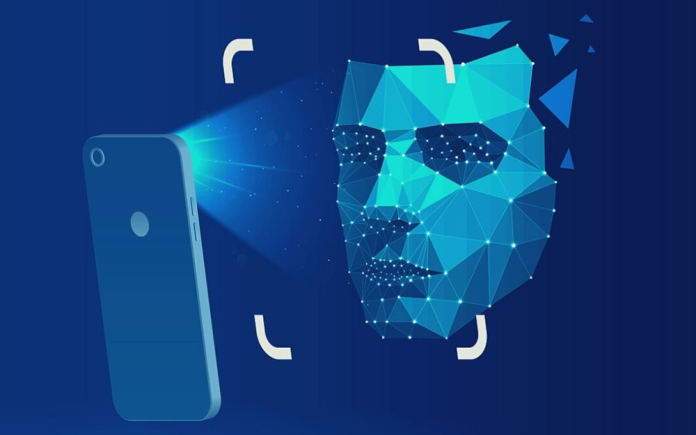
How AI is advancing its capabilities and what you need to know…
By Dennis Shelly
In a connected world, the growth of technology has necessitated the need to maintain the security of information or physical property. The majority of crimes took advantage of a fundamental shortcoming in traditional access control systems: the systems provide access based on “what persons have,” such as ID cards, keys, passwords, PIN numbers, and so on, rather than “who the individuals are.” None of these factors truly characterize a person. Rather, they are only a technique of verifying our identity. If someone steals, duplicates, or obtains these identification methods, he or she will be able to access protected data or personal property at any time. However, augmented with the right technology, we can have optimized capability in a secure and speedy manner, without making mistakes or missing vital information, using a combination of facial recognition and capturing the registration plate. In this article, we will talk about these camera systems and will show how AI is advancing its capabilities.
AI-based Automatic Facial and License Plate Recognition System
AI-based Facial Recognition camera systems
Biometric systems use biological attributes like facial features or fingerprints to identify a person, which is difficult to fabricate or falsify. One of the most advanced AI applications is facial recognition. It’s one of the most advanced types of biometric authentication, capable of identifying and authenticating a person based on facial features in a database image or video. Face recognition employs AI and machine learning methods to recognize human faces in the background. Human eyes are usually the first thing the algorithm looks for, followed by eyebrows, nose, mouth, nostrils, and iris. Additional validations utilizing big datasets comprising both positive and negative images confirm that it is a human face after all of the facial characteristics have been collected. Feature-based, appearance-based, knowledge-based, and template matching are some of the most prevalent facial recognition algorithms. Each approach has its own set of benefits and drawbacks. Face recognition technology has finally reached its full potential, which is to have the same high accuracy (accuracy) as a single fingerprint, following recent breakthroughs in research. The algorithm may easily recognize a specific individual or conclude that the person is unknown by finding the most comparable match for a current camera image and requires a minimum threshold for similarity. In the real world, for car gates/barriers and roadside assistance, the system must be able to capture and recognize a face through a windscreen, day or night, rain or shine, and at a distance, even when the windows are tinted. To get a nice image under those conditions, you’ll need a camera that’s been specifically developed for the job, as well as a specialized and optimized illuminator.
License Plate Recognition System
License Plate Recognition (LPR) is an image processing system that uses license plates to identify vehicles. Access-control systems, for example, utilize this technology in a variety of security and traffic applications. License Plate Recognizer uses AI-based algorithms to identify and recognize number plates with up to 98 percent accuracy. An LPR system typically consists of a digital image capturing unit (camera), a processing unit, and several video analytics algorithms. Furthermore, the use of infrared lighting allows such devices to collect car registration plates at night, allowing LPR to be used at any time. To begin, the LPR camera takes photos of license plates. Machine learning and computer vision algorithms are then used to detect the plate. Finally, OCR software is used to return the license plate number in text format from the observed plate area. The transformed number is frequently saved in a database so that it may be used by other IT systems. The LPR system is used in a variety of applications, including unattended parking lots, restricted area security, traffic law enforcement, congestion, and automatic toll collection. LPR approaches range from one application to the next due to diverse working contexts.
Combining the capabilities of the Facial recognition system and License plate recognition system, we can ensure increased security. By improving the recognition accuracy of authorized drivers and passengers, two-factor authentication considerably improves security. Both detectors (facial recognition camera and registration plate camera) must fail for the system to fail. As a result, the chance of error for a combined recognition system that employs two detection methods is equal to the sum of the individual detector probabilities of error. If both a facial recognition camera and a registration plate camera have a 95 percent chance of accuracy, the dual-detector (dual-camera system) has a 99.75 percent probability of accuracy.
You may still be wondering how to choose or whether you can upgrade your existing surveillance system to allow for these recognition systems. This is where our Eggsperts can help! Our Eggsperts are eggcellent in helping with deciding on what to choose and if you can upgrade your current surveillance system.
Have a suggestion for our next article? Please contact us by calling (760) 205-0105 or emailing us at tech@eggheadit.com and our Eggsperts are happy to help you with your questions or suggestions.
IT | Networks | Security | Phones | A/V | Integration










































